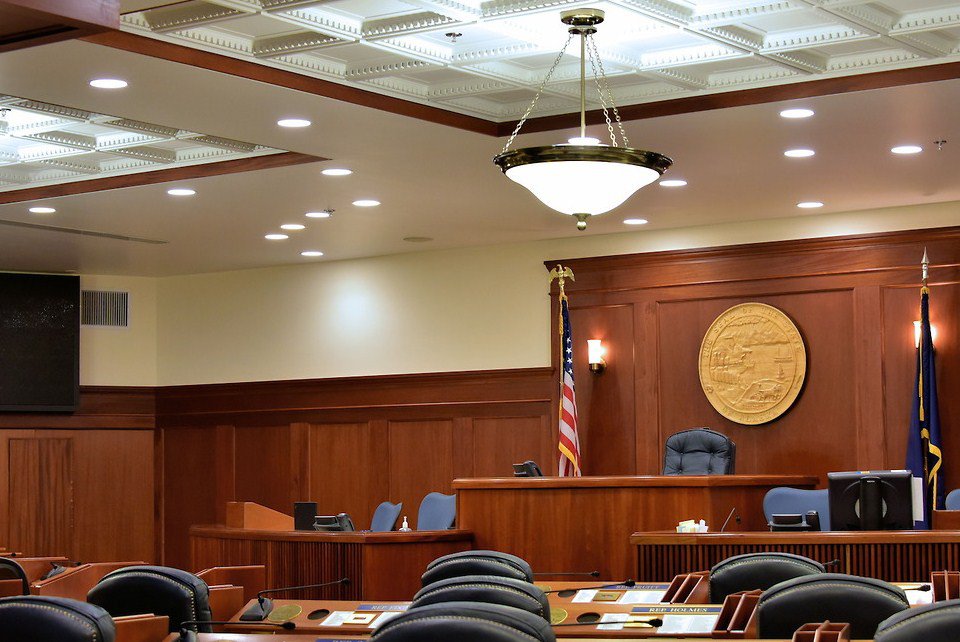 Katie Daniels, a resident of Bethel, flies a drone during a training exercise in Nome in August. (Photo by Mike DeLue via UAF.)
Katie Daniels, a resident of Bethel, flies a drone during a training exercise in Nome in August. (Photo by Mike DeLue via UAF.)
Juneau, Alaska (KINY) - A University of Alaska Fairbanks drone team headed to Western Alaska Wednesday to support the U.S. Coast Guard’s emergency response following Typhoon Merbok.
Over the next few days to weeks, the team will work alongside the Coast Guard’s Marine Safety Task Force as they assess infrastructure damage at as many as 20 coastal communities in Alaska’s Bering Strait.
Typhoon Merbok damaged hundreds of miles of coastline on Sept. 17, from north of Bristol Bay to just beyond the Bering Strait. In places like Nome, the ocean rose 10.5 feet above the low-tide line, the highest in nearly half a century.
UAF’s team will use drones to evaluate the integrity of oil-bearing infrastructure and perform community assessments for other hazardous spills that may have occurred as a result of the storm.
“As the Coast Guard performs boots-on-the-ground assessments, we’re their eyes in the sky by providing 2D and 3D mapping,” said Mike DeLue, a drone pilot and science communicator at the UAF International Arctic Research Center.
DeLue and project lead Jessica Garron, the deputy director of the Alaska Climate Adaptation Science Center at IARC, will be the first two UAF drone pilots called to the impacted communities.
First stop is Unalakleet. Even before Typhoon Merbok, DeLue and Garron were working with John Henry, deputy director of the Native Village of Unalakleet, to build drone capacity in rural Alaska. Through that work, three Unalakleet drone pilots have been successfully trained and equipped to conduct infrastructure assessments, flood mapping, environmental monitoring and coastal erosion mapping.
Both the UAF team and rural pilots have been preparing for situations like Typhoon Merbok. Just last month, several team members participated in an oil spill research exercise at Poker Flat Research Range, while other team members tested operations in Nome.
Drone data gathered by DeLue, Garron and their team will be shared through the State of Alaska Open Data Geoportal, making it available to emergency operations within numerous state and federal agencies.


 Coast Guard Cutter Stratton crew meets with local leaders in Savoonga
Coast Guard Cutter Stratton crew meets with local leaders in Savoonga Annual Crime in Alaska report shows 14.5% decrease in crime
Annual Crime in Alaska report shows 14.5% decrease in crime Fund for Western Alaska storm recovery raises over $1 million
Fund for Western Alaska storm recovery raises over $1 million New coding program available statewide for Alaskan students
New coding program available statewide for Alaskan students Alaska Legislature’s new social media policy nixes banning and blocking
Alaska Legislature’s new social media policy nixes banning and blocking It's flu vaccine time and seniors need revved-up shots
It's flu vaccine time and seniors need revved-up shots Municipal Election Day is tomorrow in Juneau
Municipal Election Day is tomorrow in Juneau Public comment open on request to withdraw Mendenhall Glacier land from mineral exploration
Public comment open on request to withdraw Mendenhall Glacier land from mineral exploration Governor Dunleavy establishes Office of Energy Innovation
Governor Dunleavy establishes Office of Energy Innovation Sen. Murkowski unveils 'Working Waterfronts Framework'
Sen. Murkowski unveils 'Working Waterfronts Framework' National Weather Service Juneau wraps up September trends
National Weather Service Juneau wraps up September trends 'Healing' totem, Native screens unveiled on Saturday
'Healing' totem, Native screens unveiled on Saturday